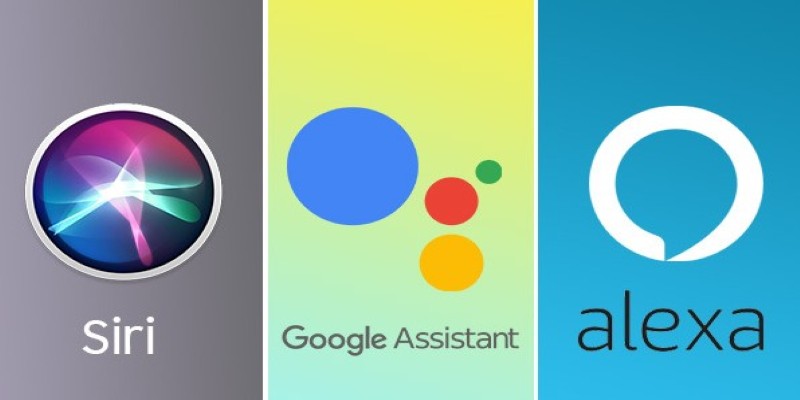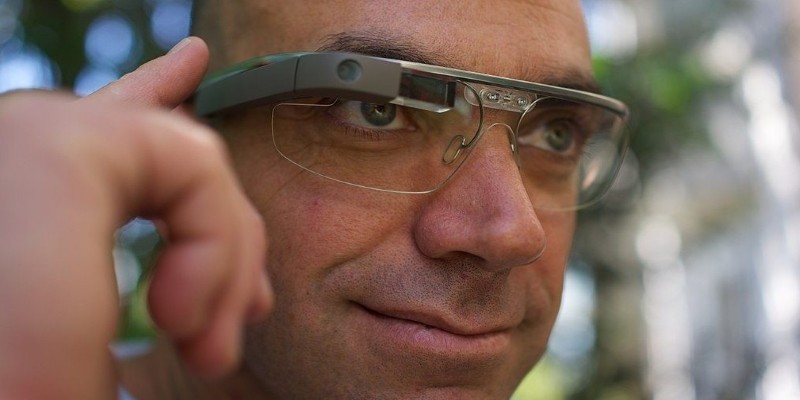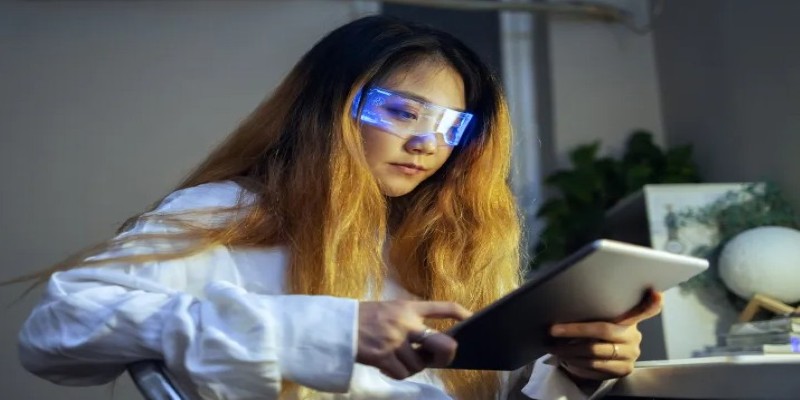Will Smart Glasses Replace Phones?
Smart glasses are no longer a concept confined to science fiction. With rapid advancements in wearable technology, these innovative devices are becoming serious contenders to replace smartphones soon. Seamlessly blending augmented reality (AR), artificial intelligence (AI), and compact hardware, smart glasses promise to redefine how we communicate, consume information, and interact with the digital world.
The Technological Leap: Features That Outshine Phones
Smart glasses aim to merge the digital and physical worlds in ways smartphones cannot. They offer hands-free access to digital tools and integrate augmented reality to overlay information directly onto your surroundings. Core features include voice assistants, high-definition cameras, real-time translation, navigation, notifications, and immersive gaming.
Unlike phones that require users to look down and interact through touchscreens, smart glasses allow a natural flow of information without disrupting eye contact or movement. For instance, holographic screens embedded in the lenses display messages, while gesture recognition lets users interact without physical buttons. Voice commands powered by AI assistants like Alexa, Siri, or Google Assistant streamline tasks further, making communication and information retrieval intuitive.

Overcoming Current Barriers: Making Smart Glasses Practical
While smart glasses have immense potential, replacing smartphones involves overcoming several hurdles. Current limitations include several technological and user-centric challenges.
Battery Life
Balancing compactness with functionality is a significant challenge. Existing smart glasses often have limited battery life, lasting only a few hours, which is impractical for continuous use. Advances in battery technology, such as higher-capacity micro-batteries or energy-efficient components, will be crucial to extending battery performance without compromising portability.
Design And Aesthetics
Many designs remain bulky and lack the sleekness consumers expect for daily wear. This makes them less appealing for everyday use, especially in professional or social settings. Future iterations must balance style, weight, and functionality to create a product that feels natural to wear while seamlessly delivering advanced features.

Display Quality
Ensuring high-resolution displays that work seamlessly in various lighting conditions is complex. The lenses must deliver crisp visuals and maintain clear readability even under direct sunlight or dim environments. Achieving this requires continuous innovation in optical technologies, including micro-LED displays and advanced AR overlays that minimize eye strain.
Cost
Current models are priced out of reach for the average consumer, often costing thousands of dollars. Reducing costs involves scaling production, streamlining manufacturing processes, and integrating more affordable components without sacrificing quality. Making smart glasses accessible to a broader audience is key to driving adoption.
How Smart Glasses Could Replace Smartphones
The ability of smart glasses to replace phones lies in their potential to simplify digital interactions while enhancing user experiences. Here’s how they might achieve this:

Seamless Communication
Smart glasses integrate calls, messaging, and video conferencing into the lenses. Instead of holding a device, users can communicate directly through voice commands and AR displays, allowing multitasking without interruption.
Enhanced Productivity
With holographic screens and gesture-based controls, users can more effectively manage work tasks like emails, calendars, and presentations. Smart glasses could become a central tool for professionals, replacing the need to carry bulky laptops or phones.
Entertainment Redefined
Watching movies or playing games on smartphones could soon be replaced by immersive AR experiences. Smart glasses provide larger-than-life visuals without additional screens, offering unparalleled engagement.
Improved Health And Safety
Smart glasses promote better posture and reduce eye strain by reducing the time spent looking down at screens. Additionally, real-time navigation overlaid onto the physical environment can improve situational awareness, reducing accidents while walking or driving.
Industries Transforming With Smart Glasses
The transition from smartphones to smart glasses will profoundly impact multiple industries:

Healthcare
Surgeons and doctors leverage AR-equipped smart glasses for precision during surgeries and diagnostics. Replacing phones with glasses in healthcare could revolutionize remote consultations and training.
Education
Imagine students accessing interactive lessons or 3D simulations directly through smart glasses. This technology promises to make learning more engaging and accessible, far surpassing the capabilities of smartphones.
Retail
Smart glasses enable virtual try-ons, providing customers with a personalized shopping experience. Retailers can leverage this technology to transform online shopping, seamlessly bridging the gap between virtual and physical store experiences.
Entertainment And Gaming
AR gaming through smart glasses immerses users in environments far more prosperous than what smartphones can offer. This shift will change how people engage with digital content, potentially replacing consoles and gaming phones.
Workplace Productivity
Industries like construction, engineering, and design are already testing smart glasses for tasks like blueprint visualization and real-time collaboration. As these devices evolve, they will streamline operations, reducing reliance on other devices.
Privacy And Ethical Concerns
The rise of smart glasses isn't without its challenges. Privacy remains a significant concern, especially with features like cameras and facial recognition. Widespread adoption could lead to ethical dilemmas around surveillance, consent, and data security. Companies developing this technology must address these concerns transparently, ensuring user trust.
Additionally, the social implications of wearable devices that constantly record or display information could lead to debates about acceptable use. Establishing guidelines for responsible usage will be essential to prevent misuse or societal discomfort.

The Road Ahead: A World Without Smartphones
The transition from smartphones to smart glasses won’t happen overnight. Instead, the evolution will occur in phases, with both technologies coexisting for some time. However, as design, affordability, and battery life improve, smart glasses are poised to become a natural extension of our digital lives.
Their hands-free design and seamless AR integration meet the increasing demand for convenience and efficiency. Over time, they could redefine human-computer interaction, enabling users to engage with the digital world without barriers.
Conclusion
Smart glasses represent the next frontier in personal technology, blending the physical and digital realms in unprecedented ways. While challenges like design, cost, and privacy need addressing, their potential to replace smartphones is clear. As innovations continue, these devices will transform how we communicate, work, and interact with the world.
The journey from phones to smart glasses is about replacing a device and rethinking how technology integrates into our lives. If the current pace of development persists, smart glasses may soon shift from novelty to essential, marking the dawn of a new era in connectivity.




